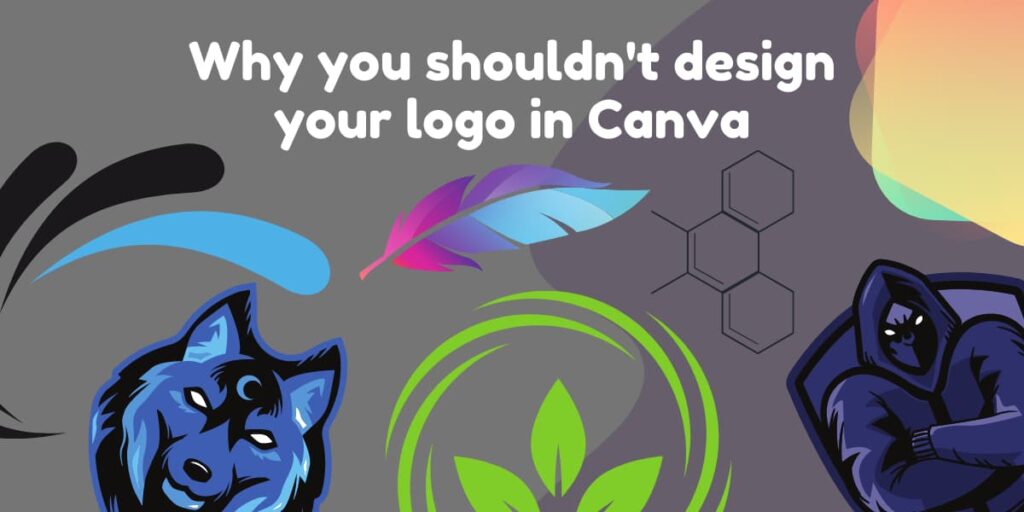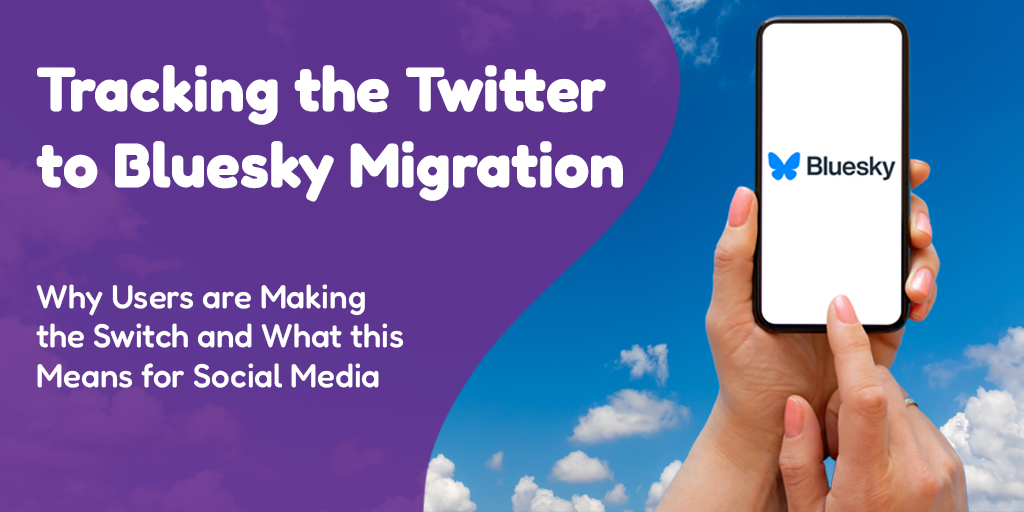 Posted by Aimee Cozza on January 27th, 2022
Posted by Aimee Cozza on January 27th, 2022In 2022, it’s getting easier and easier to make fun and attractive graphics for your brand. Twenty years ago, making these sorts of graphics required an in-depth knowledge of graphic design, composition, color, and not to mention expensive software like Adobe Photoshop and Adobe Illustrator. Nowadays, free solutions exist like Canva, where you can quickly and easily create graphics in any manner of style, size, and color. Canva’s library of available fonts, graphical elements, animations, and even templates make designing these visual assets a breeze. It’s not quite a leap to think that you could create a free, beautiful looking brand logo with Canva. You can absolutely do that, but here’s why you shouldn’t.
What is Canva and how does it work?
Canva is a web-based visual editing service that started in 2013. Since then, it has grown considerably in terms of features, quality, and more. Canva is fantastic for making one-off, simple, quick graphics if you need to fill your social media feed. You can even start creating graphics you can save as sorts of templates. Canva boasts an impressive library of visual design assets including animations, static graphics, photos provided courtesy of ShutterStock, vector shapes, fonts, and more. All of the elements in our blog’s featured image you can get in Canva, as a great example. You can even utilize some of Canva’s attractive templates to use on your own designs, or import your own assets.
Canva is a fantastic platform for free visual graphic editing. You can enjoy filters like background removal, fun things like duotone and color changing, as well as transparencies and animations that can be applied to text and graphics alike, meaning you can even edit and make movies in Canva. We love Canva, as many users do, but when it comes to logo design, we work strictly away from Canva.
Why not make a logo in Canva?
“While Canva is a great platform for developing a number of digital items such as social media posts, it’s not ideal for logo development,” writes Susan Englert, a design strategist at Bradstreet Englert Creative in South Carolina.
A brand logo is something that may be deeply personal to you, and something you want to use across various platforms in a variety of media for many years to come. While Canva provides some well-matched and nice looking templates to guide you into logo creation, Canva’s logos, created by you, are lacking a few things.
The professional eye
As nice as Canva’s assets may be, they simply cannot compare to an expert graphic designer’s eye. A graphic designer can advise you on whether a brand logo will read properly in different formats, will scale appropriately, will utilize colors that are consistent with your message, and more. While Canva may allow you to move your text a little too close to your logo, a professional, expert graphic designer will be able to instantly inform you of any issues that may arise when that text is too close. An expert graphic designer is a professional that has been working for years in the field of logo and branding design, so make sure to vet out a good one, not someone who is designing in Canva on your behalf.
All the file formats you could need
Englert told us, “A professional designer will design logos in vector-based software such as Adobe Illustrator, thereby ensuring the client has a number of vector options that are needed by printers, signmakers, and promotional product distributors.”
In addition to the professional eye, a professional graphic designer will anticipate the kinds of files you will need for your particular branding job. That means sending the right file to the sign maker is easy – you’re not left wondering on your own if a png will cut it, or if your design is going to come out all wrong in the end.
The all-inclusive rights
When you create with Canva, you are utilizing assets and properties with varying license agreements. Many of them are allowing you to use shapes and drawings for free with a limited creative commons license. It’s hard to know if you may be inadvertently utilizing a drawing, shape, or stock image that is not licensed for commercial use. You may be using your Canva-made logo happily one day, and the next be sent a DMCA or cease and desist letter over the contents of your logo. When this happens, you have no choice but the rebrand – a costly and time consuming affair. Canva even states this in its own licenses and copyright page for commercial use.
A unique creation
Lastly, when you’re creating with Canva, you’re already using assets that exist in the world. A good logo design relies on unique path and pixel placement – something that someone else would not accidentally make, or that would be easy to reproduce. “An experienced designer is not looking for a limited set of clipart—that you might find built into some software—to incorporate into a logo,” Englert writes. “They generally create original designs.”
We’ve all seen people that use stock assets in their logos or branding that we’ve caught glimpse of elsewhere – why take the risk when you can own your unique-to-you design right off the bat?
How did you come up with your brand’s logo? Did you hire a graphic designer, use Canva, or DIY some other way? We want to hear it! Let us know in the comments.



